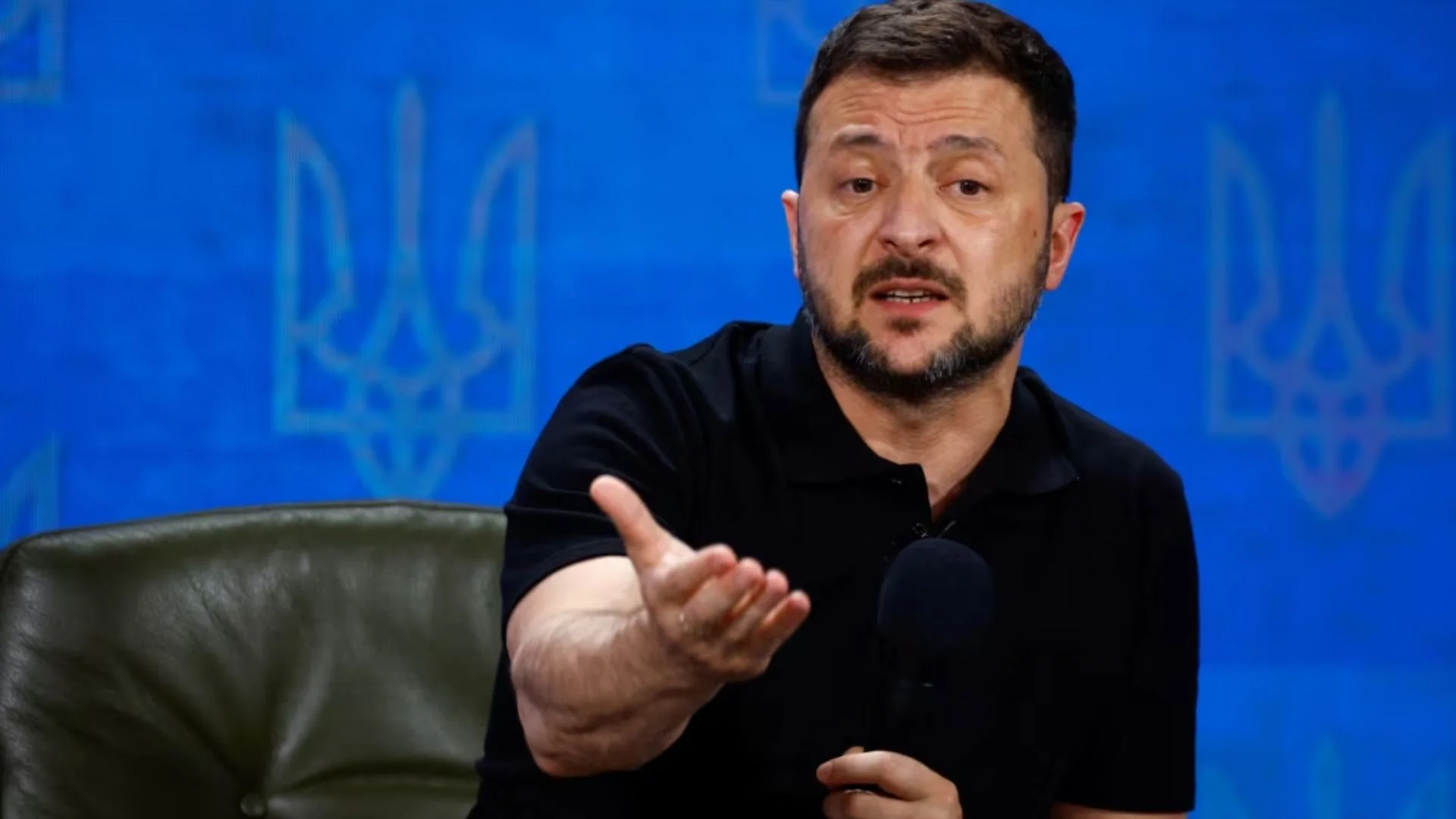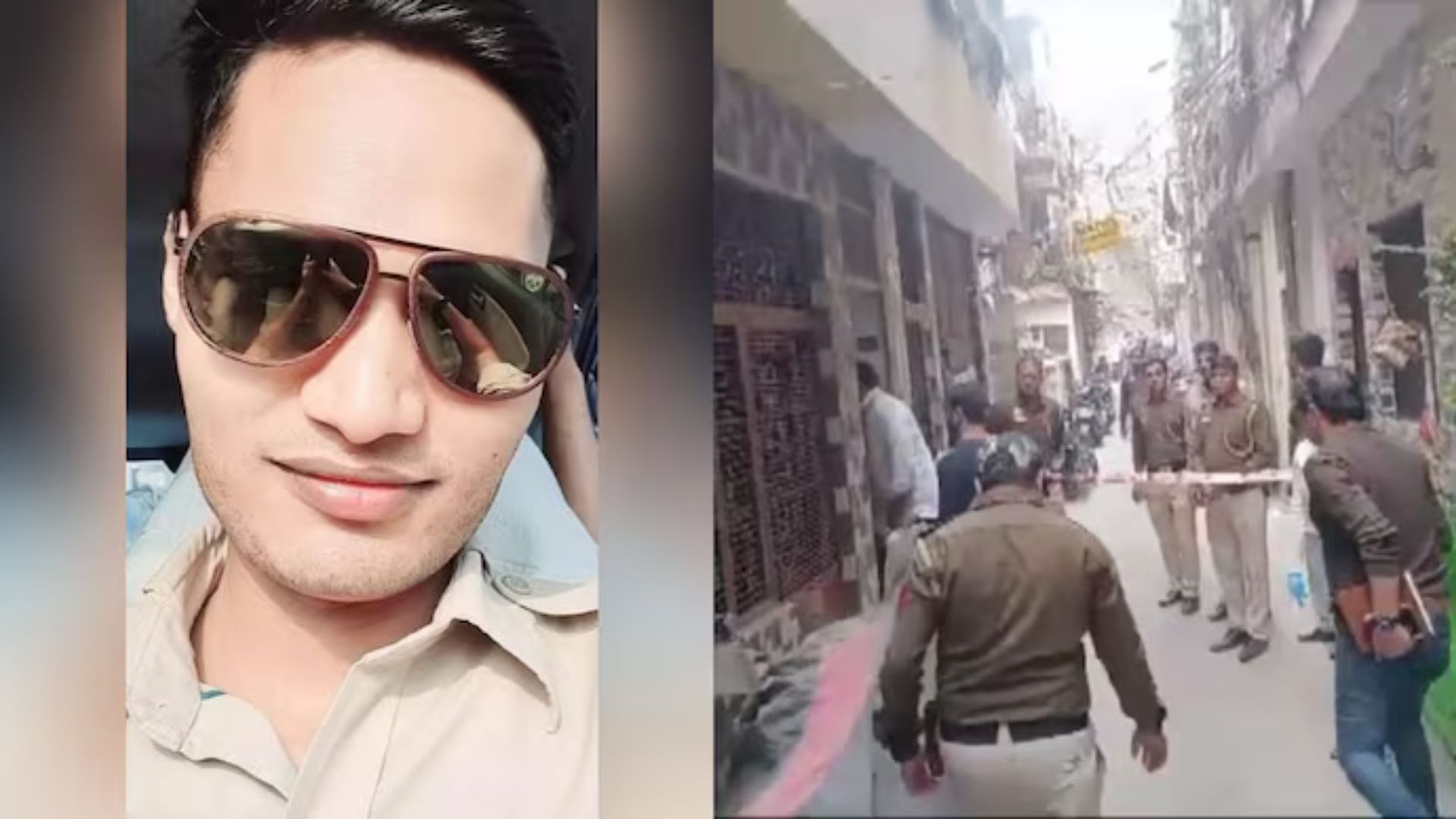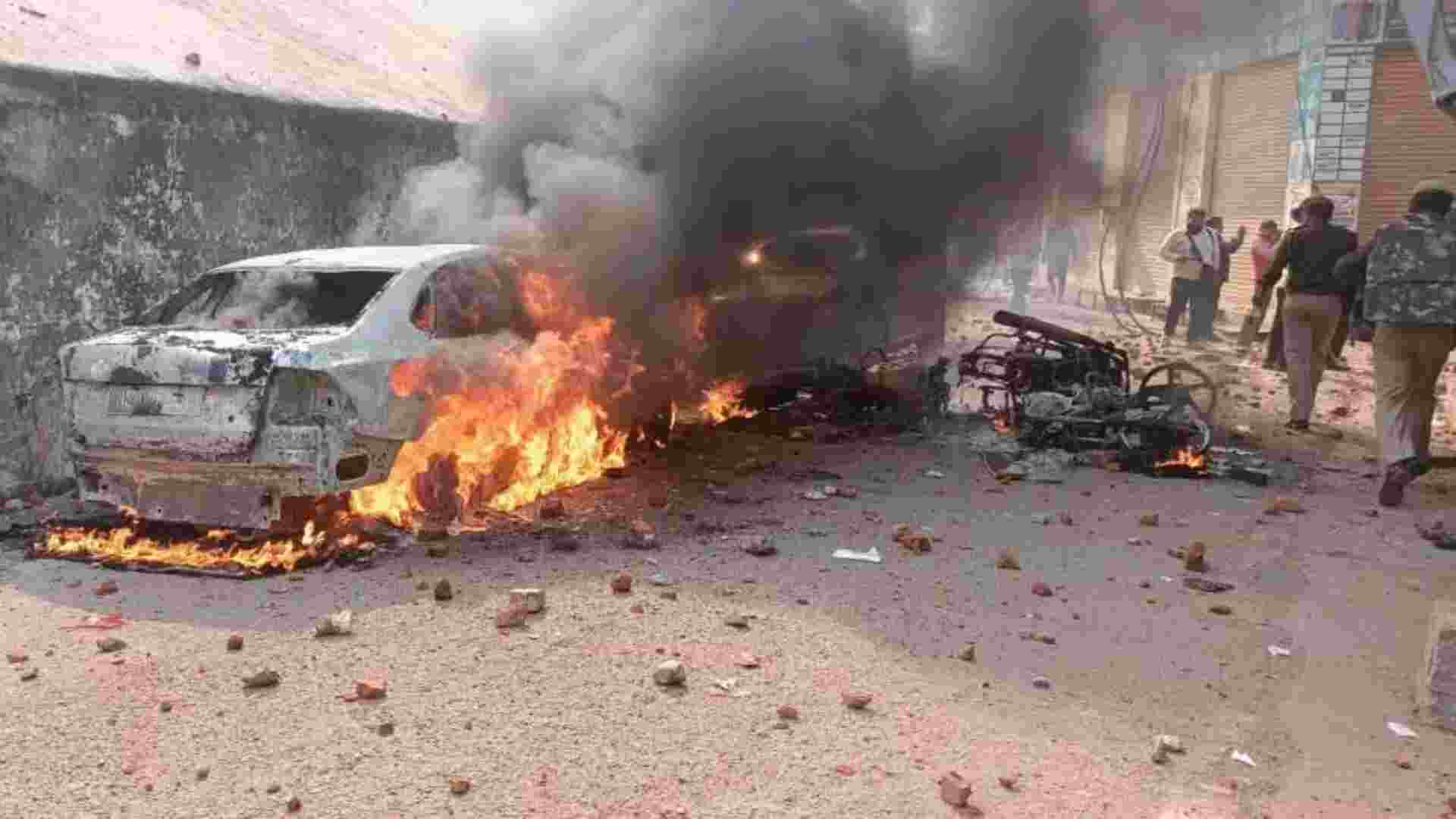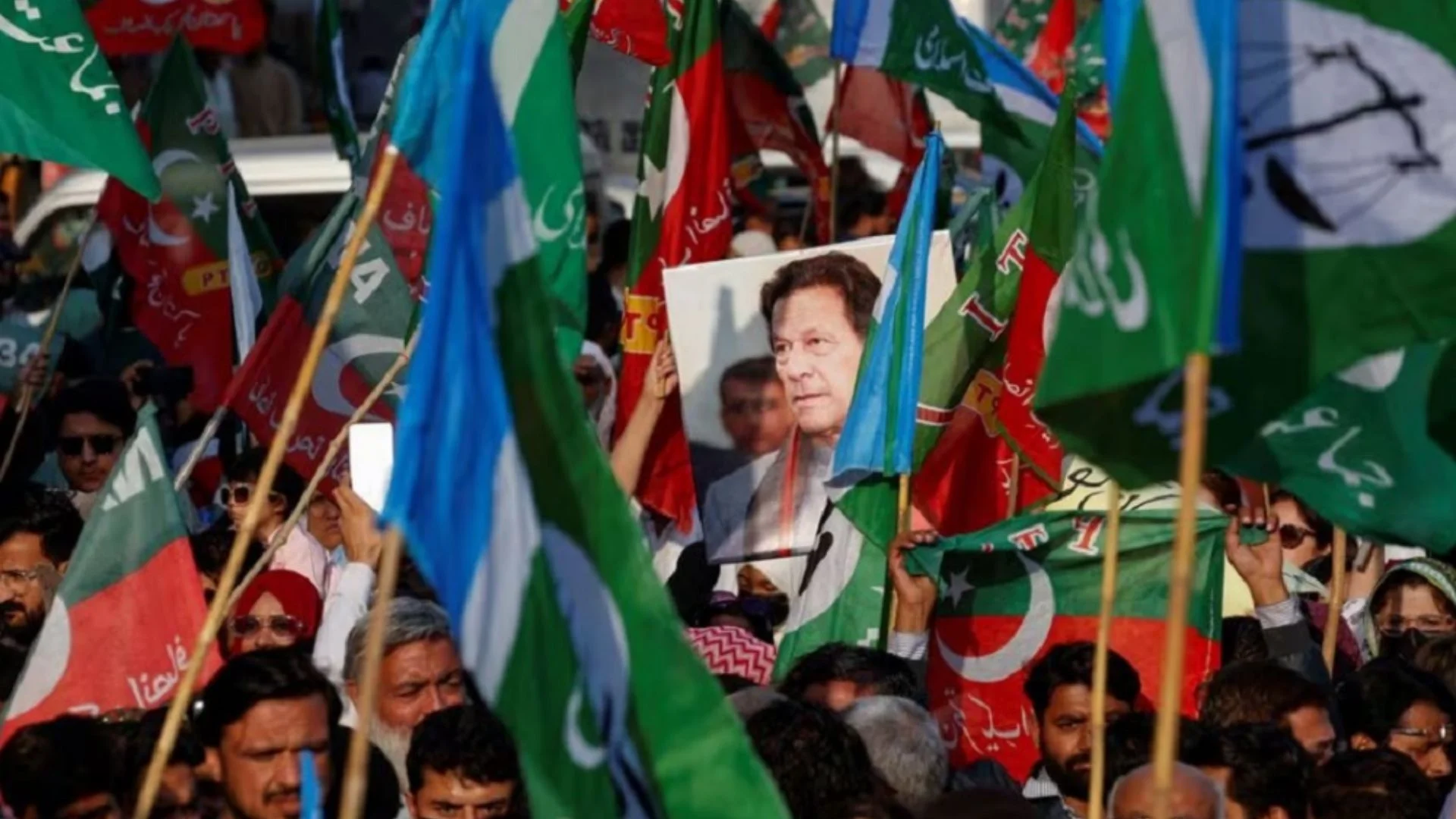Italian Embassy Cultural Centre is hosting a week-long Pier Paolo Pasolini retrospective in collaboration with the India Habitat Centre from November 2-9, 2022. As part of the retrospective, seven of Pasolini’s best-known films (6 feature films and 1 short film) will be screened. Along with introducing each of the 7 films ahead of their respective screenings at the India Habitat Centre, I will also be introducing Pasolini to the audiences while touching upon the importance of his cinema in the 21st century. The complete schedule and booking details will soon be available on the websites of Italian Embassy Cultural Centre as well as India Habitat Centre.
For the uninitiated, 2022 marks the centenary year of the great cultural Italian personality Pier Paolo Pasolini. A poet, writer, director, screenwriter, playwright and columnist, Pasolini is considered one of the greatest Italian artists and intellectuals of the twentieth century. Endowed with an exceptional cultural versatility, he was outstanding in many areas. However, he contributed majorly as a filmmaker, painter, novelist, linguist, translator and essayist.
Keen observer of the society’s transformation post World War – II until the mid-seventies, he was very critical towards the bourgeois habits and the rising Italian consumer society. He started his film career as a screenwriter and famously collaborated on master Italian filmmaker Federico Fellini’s film Nights of Cabiria.
Pasolini’s first film as director was Accattone in 1961, which is set in Rome’s marginal quarters, the underbelly inhabited by pimps, prostitutes and thieves that’s starkly contrasted with Italy’s postwar economic reforms. Despite his neorealistic origins, Pasolini tried to distance himself from neorealism but the kind cinema he made during his early years is often considered to be a kind of second neorealism.
Subsequently, he went on to make Il Vangelo secondo Matteo [English Title: The Gospel According to St. Matthew (1964)], which has been described by the Vatican City newspaper L’Osservatore Romano as the best film on Christ ever made. The film is a cinematic rendition of the story of Jesus according to the Gospel of Matthew. What serves as a testament to the film’s authenticity is the fact that dialogue is taken directly from the Gospel of Matthew.
In his 1966 film Uccellacci e uccellini [English Title: The Hawks and the Sparrows], a mystic fable featuring the popular Italian comic-actor Totò accompanied on a journey by his son and a talking crow that spouts social and political philosophy. The film was a unique opportunity for Totò to demonstrate that he was a great dramatic actor as well. Deservedly so, Totò earned a “Special Mention” at the 1966 Cannes Film Festival. But, sadly, this ended up as the last film to star Totò before his untimely death of a heart attack in 1967.
Pasolini’s influence as a filmmaker, artist, and intellectual transcends the world of cinema and arts. A great example of this is how his 1971 short film The Walls of Sana’a helped convince UNESCO to safeguard the capital of Yemen, the city of Sana’a’s built and natural heritage from an onslaught of land speculation. One of the oldest continually inhabited cities in the world, Sana’a holds an important part of history within its walls filled with medieval architecture and culture. The appeal that Pasolini made through his film was accepted in 1986 and the artistic old town of Sana’a was declared a UNESCO world heritage.















